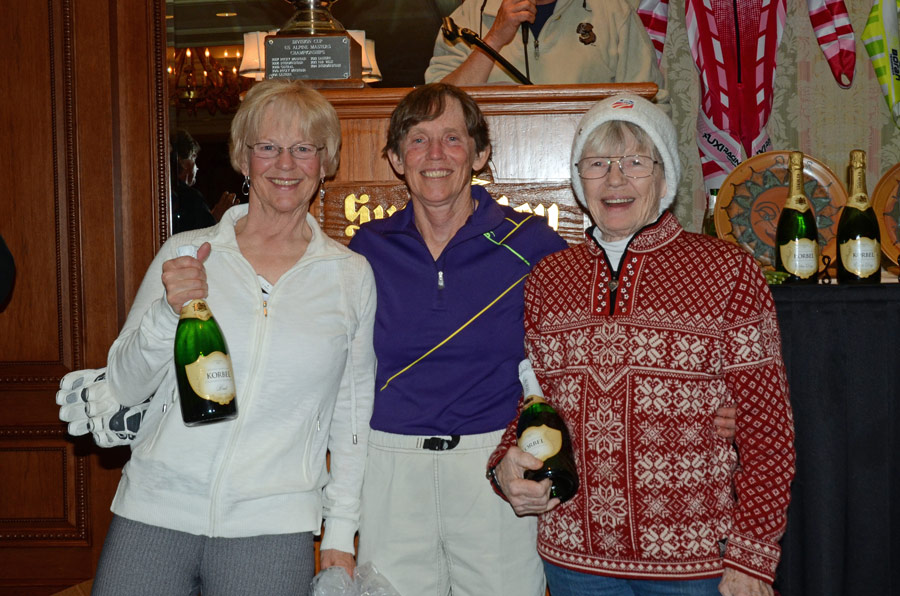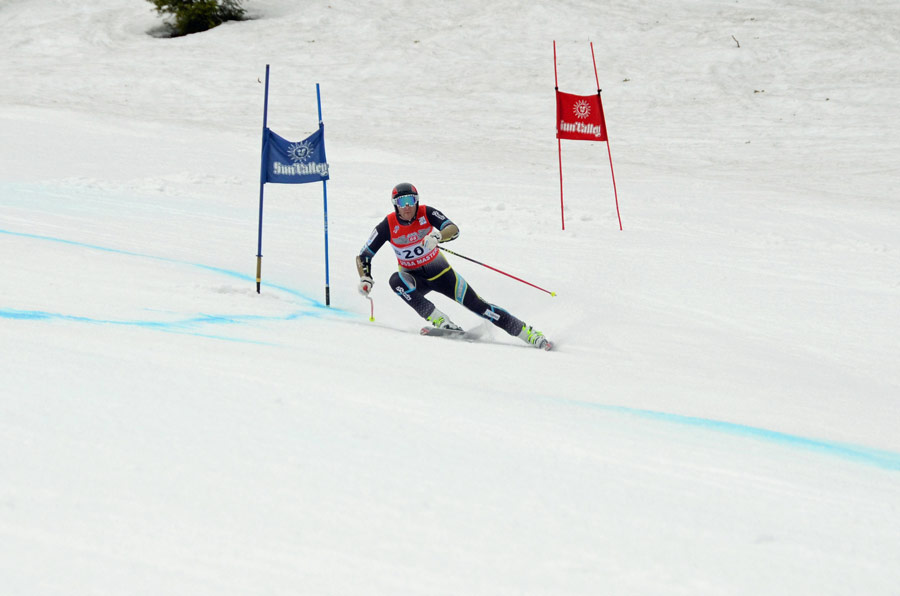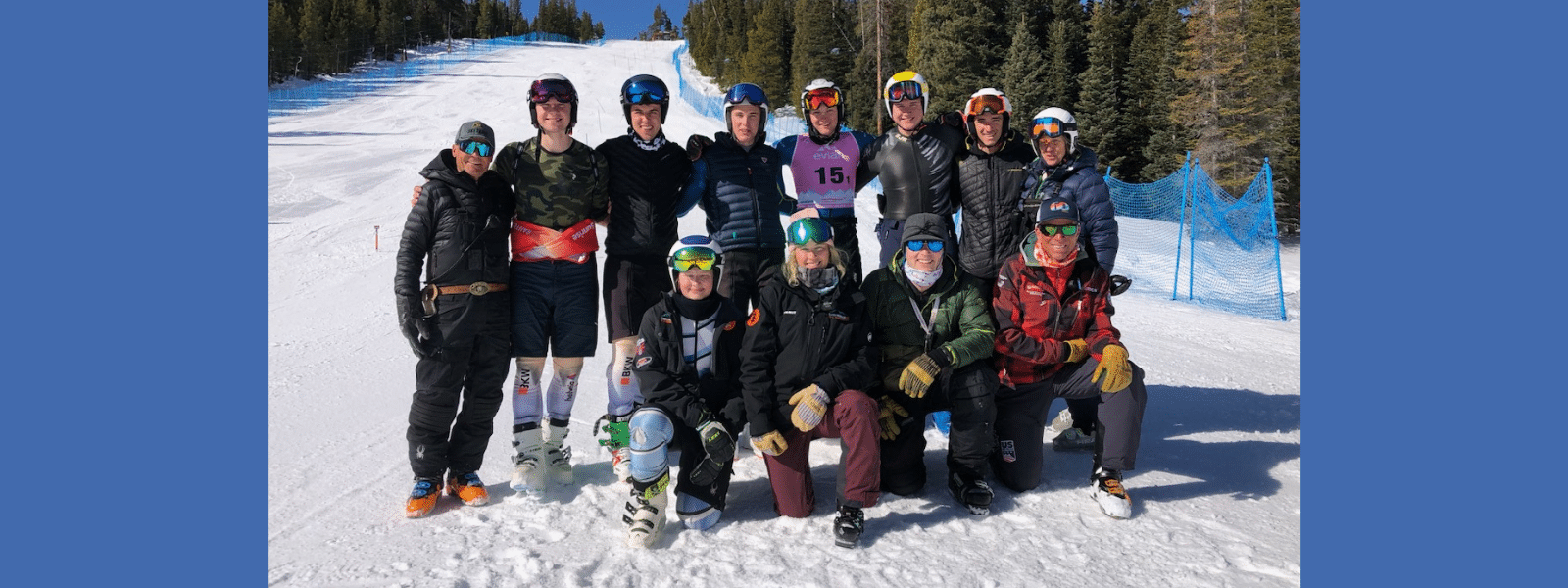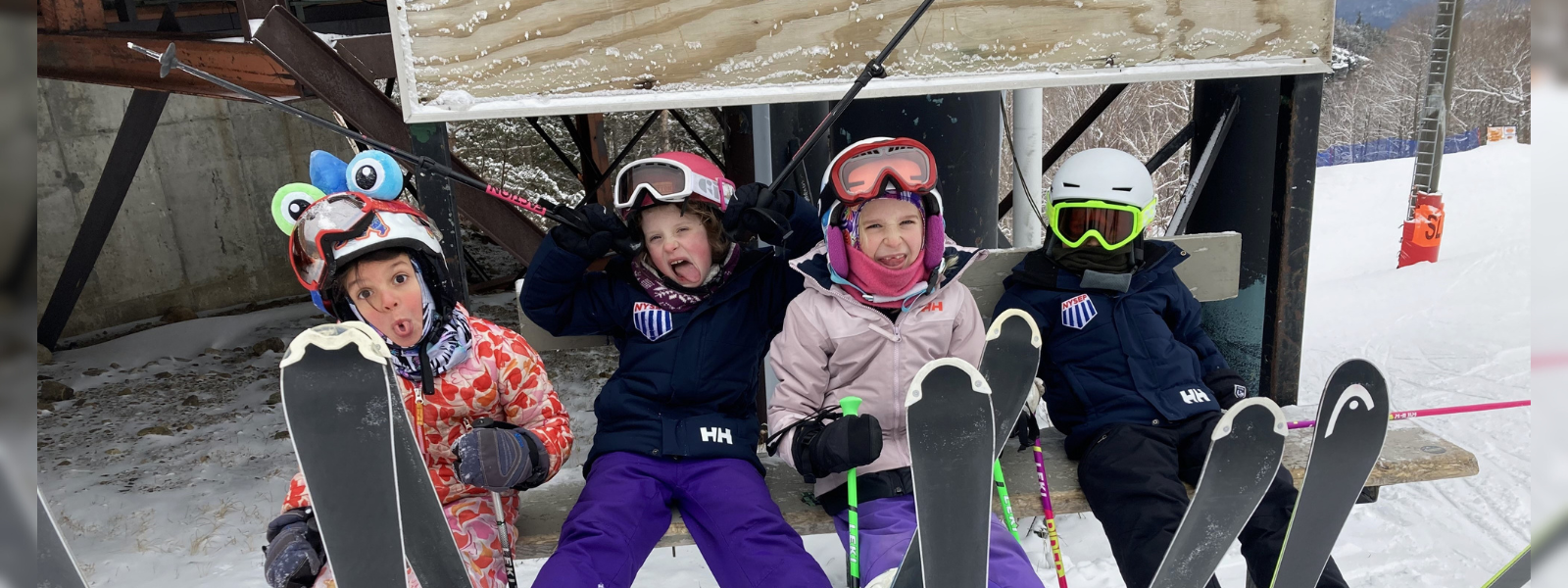A New Vision for Masters
A firsthand account of recruiting more racers
When I entered my first masters race in 1991 — the annual Hochebirge slalom at Cannon Mountain, N.H. — the field was packed with 150 racers, 48 of whom where women.
As I walked into Ernie’s House, the crowded, steamy ski club building at the bottom of the race hill, the buzz overwhelmed me. The room brimmed with excitement and anticipation of the day. Everyone seemed to be recruiting everyone else for the team competition, a unique aspect of this popular event. Conversations turned from snow conditions to wax to trash talk as each racer sought a few square inches to put on ski boots.
The Hochebirge was a happening!
I was in Women’s Class 1 (ages 25 to 29 in that era) with six other gals. The field was peppered with former U.S. Ski Team members, Pro Tour standouts, college racers and junior hotshots, and many who had started ski racing as adults. The highlight of the day was watching Rod Aller, the lone competitor in Men’s Class 10 (ages 70 to 75) trounce the Class 8s and 9s by a couple of seconds. We “youngsters” marveled at how fast Aller skied at his advanced age. Afterward, we celebrated with cocktails and a spaghetti dinner at the Hochebirge Ski Club’s house in Franconia.
During the next two decades, I competed in the Hochebirge slalom almost every year. But the times have changed — and not the ones posted on the results board. The last time I leapt out of the starting gate in this long-standing race, the field was half the size. The entire women’s field numbered six, less than the number of competitors in Men’s Class 10, and Class 10 was 20 years younger than the oldest age group. Two troubling trends, the aging of the field and the decline in participation, had snuck up on this legendary event.

Luke Keenan stands alone — but, with hope, not too alone. (Lisa Densmore Ballard)
The Hochebirge slalom is not unique. Masters races across the United States are seeing fewer and fewer racers, with the bulk of the entries skewing toward the middle-aged and older groups. The situation hit me hardest last March during the Phillips 66 U.S. Alpine Masters Championships in Sun Valley. Group A (Men’s Classes 1 through 4, ages 18 to 44) had only 15 racers in it! Five years earlier, when the Nationals were also in Sun Valley, I thought the start list among the younger racers had thinned badly when Group A had only 33 racers.
During last winter’s Nationals, the USSA Masters Division Chairs voted for me to take over as National Masters Chair. I accepted, knowing the top priority had to be racer recruitment, especially among the younger age groups.

Can Ryan Fuller help younger athletes realize their masters racing potential? (Lisa Densmore Ballard)
After taking several weeks to research participation trends across all ski racing age groups and analyzing how masters racing fits into the overall ski racing scene in the United States, I wrote “A Vision for USSA Alpine Masters Ski Racing”, which was distributed primarily to the masters division chairs and USSA’s administration before the annual USSA Congress in Park City, but it’s a public document.
This vision explains why masters racing is important to USSA as a whole, what masters racers want, what the barriers to entry are, and what the program’s recruitment priorities should be. It outlines 25 suggestions toward achieving 5 percent growth per year among the masters ranks during the next five years. In essence, the document provides a road map to a bigger, stronger masters program in the United States.
It’s been a busy summer, and business has not been as usual. For the first time in my multi-year tenure on the national masters committee, USSA Masters Coordinator Bill Skinner, the division chairs and other key people involved with masters racing such as Deb Lewis, Meri Stratton and Esther Della Quadri have had monthly conference calls with much work to do in between.

Meri Stratton, Deb Lewis and Esther Della Quadri have put down the Korbel and are putting their heads together on monthly conference calls. (Lisa Densmore Ballard)
As winter approaches, a number of the 25 points in the vision statement have already been achieved, along with a number of other related initiatives. (See the chart below.) Will more racers show up this winter at the Hochebirge slalom, the national championships at Big Sky and in other masters events around the country? It’s hard to predict, but the bullwheels are in motion.

Who wouldn’t want to ski like Matt Mattice? (Lisa Densmore Ballard)
MASTERS RECRUITMENT INITIATIVES
Last summer, the USSA Alpine Masters Committee began a comprehensive recruiting effort based on A Vision for USSA Alpine Masters Ski Racing. Here’s a summary of the progress so far:























